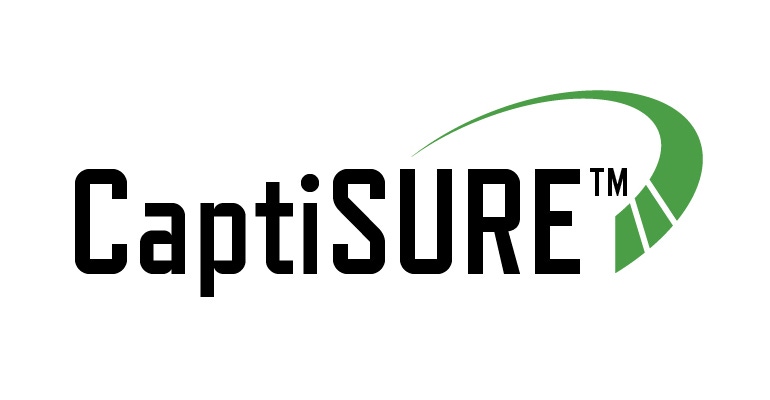New Product Tour: Kemin CaptiSURE
Gregg Hora, swine producer; Brad Leuwerke, Swine Vet Center; Gary Anderson, South Dakota State University; and Brett Ramirez, Iowa State University chose six finalist products in this year’s New Product Tour.

For more than 25 years, Sal CURB Liquid Antimicrobial has been marketed by Kemin Industries as “feed pathogen control product,” says Mark Bienhoff, DVM and Pathogen Control Team leader at Kemin. “It works very well, but since Sal CURB contains formaldehyde, it requires some safety measures during application.”
In 2014, after porcine epidemic diarrhea virus hit, the swine industry came to Kemin “and said, are there alternatives to address feed biosecurity concerns, in addition to formaldehyde?” Bienhoff relates.
What the Kemin team, with outside collaboration, found was that specific medium chain fatty acids could be part of the solution. As a result, CaptiSURE is a new Kemin product now available to the U.S. market.
Dillon Mellick, Technical Services at Kemin, explains that CaptiSURE is a liquid energy source that contains a proprietary blend of MCFAs. Independent data have shown MCFAs can reduce bacterial pathogens such as Salmonella, C. coli and E. coli, and viral pathogens such as PEDV, PRRSV and Senecavirus A in feed. Performance studies have also shown that MCFAs may increase growth rate and feed-to-gain ratio in swine.
Cassio Villela, Kemin product manager, says “the key segment we are focusing on right now is premixes. We are seeing an increased interest in adding an extra level of protection and lessening the risk of ingredients coming from areas with active outbreaks which could potentially bring disease with them to the states.” But more research is being done in complete nursery diets, with promising results.
Bienhoff adds that CaptiSURE fits into Kemin’s model of becoming more sustainable. “We’re really excited about CaptiSURE because it fits that, you have a microbial action with a non-antibiotic product. It’s anti-microbial action with a natural source product. Our product is actually not diluted with a carrier, it is essentially the active ingredient, one benefit of it being a liquid.” He adds the research has shown that the efficacy of the liquid product has higher concentration of active ingredients and are more effective compared with dry products.
As diseases continue to infiltrate U.S. swine herds, Brad Leuwerke sees that medium chain fatty acids will continue to be a hot discussion topic with porcine epidemic diarrhea and porcine reproductive and respiratory syndrome, “but certainly with ASF that’s going to be one of the top things talked about with feed biosecurity, so they’re here to stay. I feel like anyone else in the fatty acid arena, they need to continue compiling data to, to show that from a pathogen neutralization standpoint it works.”
SDSU’s Gary Anderson would like to see more data about the flowability of feed once the product has been added in colder climates.
About the Author(s)
You May Also Like


